Scotland - Day Three - Springbank
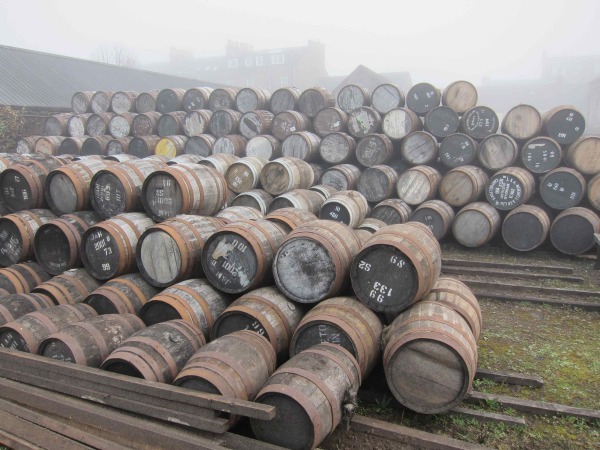
Springbank was already my favorite whisky before our visit this morning. Sitting here now, on the ferry to Islay, typing this blog entry, I’m now completely sure that Springbank is my favorite distillery - the difference between the two being the way that a whisky tastes and the way that a whisky is made. Knowing what I now know about the way that Campbeltown’s prized possession operates, I’m simply in a reverent awe – almost starstruck and googley-eyed. Springbank is a naturalist’s wet dream. It’s a museum functioning as a distillery. It’s a company that has absolutely zero desire to modernize or adapt to the methods of the modern whisky maker. It’s a throwback to a throwback to a throwback. They don’t have a pagoda roof because pagodas weren’t popular until 1880 and they have no time for the more recent fads. Making whisky at Springbank requires experience, tradition, and feel, and there’s no tolerance for forward thinking because why would you want to change almost 200 years of perfection?
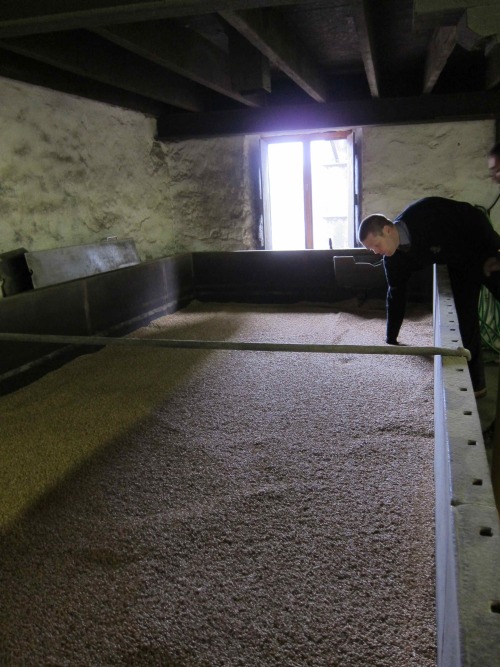
David OG and I strolled through the morning fog, through the alleyway off the main road, and into the Springbank gateway which revealed a courtyard full of empty barrels. We were greeted by Peter Currie, a man we had met last November at WhiskyFest San Francisco, who would take us on a terrific historical journey through the distillery grounds. We began by immediately entering the floor malting room, one of the few remaining facilities left in Scotland. Campbeltown was already a malting center in the late 18th century for bread and other milled goods, so there was naturally a bit of whisky being produced illegally, which led John Mitchell to eventually found the distillery. Campbeltown has a fantastic temperate, moist climate, which makes it perfect for malting year round. In a day where the more than 100 distilleries in Scotland are buying their supplies from a handful of malters, Springbank is one of the rare examples of a distillery controlling its own procedures.
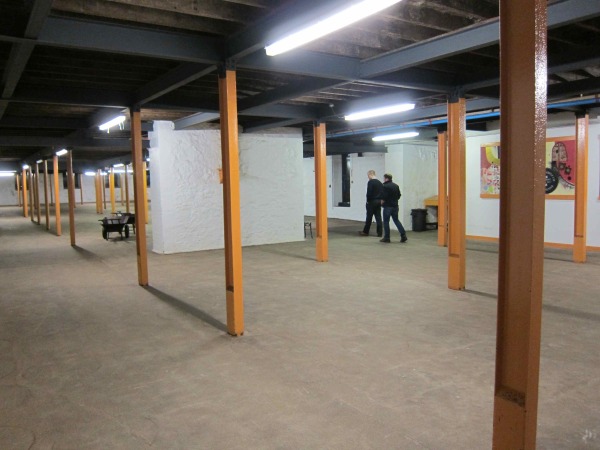
Not all barley is malted on a floor these days, as it is much easier to control the temperature of the barley in the more modern drum. What difference does a malting floor make in the flavor of the eventual whisky? Peter believes that floor malting plays a role in the chewy and oily texture of Springbank whisky. The inconsistent temperatures during the germination process result in a starchier malt due to a less precise process. The fluctuation prohibits a uniform breakdown of the starches, which results in richer oils and a lower alcohol content in the wort. While only one example of the overall process, it is representative of how Springbank operates on the whole. They’re like the experienced cook who, when asked for a precise recipe, merely replies: a little of this, a dash of that. The whisky doesn’t need to be precisely the same every time so long as it’s good. The one constant at Springbank is quality,
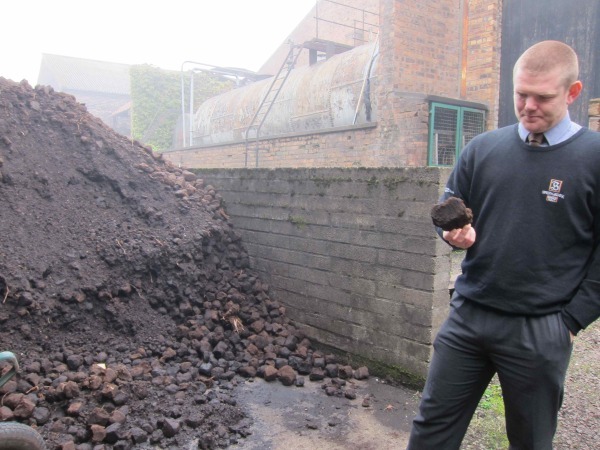
There is little need for school-taught whisky training at Springbank because they don’t do anything by the book. Everything is based on tradition. Just a like my grandmother would have little use for a bread machine, Springbank has no use for modern devices. The kiln is an old cast oven that feeds into a chamber resembling a dungeon in a medieval castle. Much of their peat is sourced locally and the composition of it is much different than the damp, sodden peat on Islay. Their peat is much drier with a higher plant content which results more campfire-like flavor. The Springbank-destined barley spends about 6 hours over the kiln while the heavily-peated Longrow spends about 48 hours soaking up the smoke.
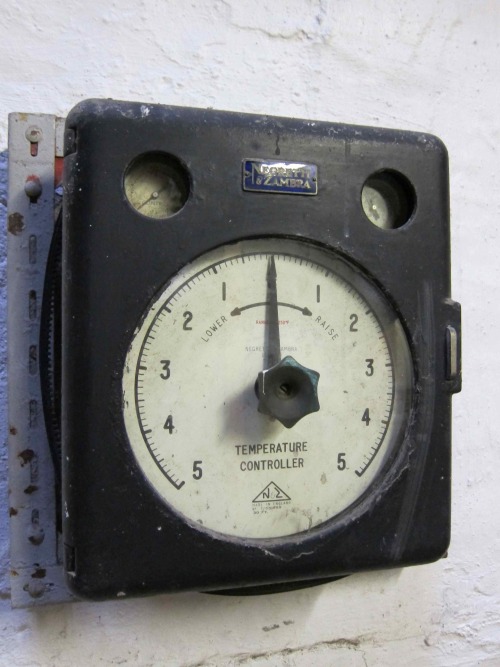
Speed and efficiency definitely take a back seat to flavor and quality at Springbank. One of the more modern pieces of equipment you’ll find in the facility is the temperature meter seen in the above picture. While most modern distilleries are distilling their first run from wort in the 9-10% abv range, Springbank doesn’t believe in using designer yeasts on steroids. When coupled with their starchy mash the result is a wort more in the 4-5% range. When run at a snails pace on their still, Springbank is only churning out about three liters a minute, compared to the ten liter average of other distilleries. They’re an economist’s worst nightmare because they’re absolutely not interested in maximizing their energy or output. Their process results in outstanding whisky and any change could alter the flavor.
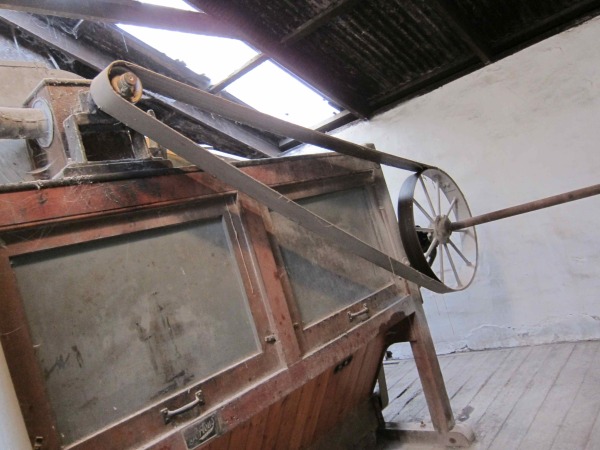
Their mill is run by cranks, pulleys, and old canvas belts that must be kept moist or else they should tear. The equipment is ancient, but it does the job. Every process seems antiquated, but it’s never been done any other way. The rooms smell as old as they feel, but like your grandmother’s house there’s a certain charm or nostalgia involved. The still room is full of yeast, bready aromas, and cooked grains with beer that permeated every inch of your nostrils. The spirit comes off the still but surprisingly there are no cuts for head, heart, or tails. The feints are mixed with about 20% of the low wine and distilled a third time, or technically a half, hence the Springbank term “distilled 2.5 times.” No one at the distillery knows who began this process, just that it’s the way things are done. All the water for the barley soaking comes from the local Loch Crosshill and it’s the same water that goes into the bottling at the end. With 40% of their barley coming locally (and 100% in certain special bottlings), Springbank is focused on maintaining their Campbeltown terroir.
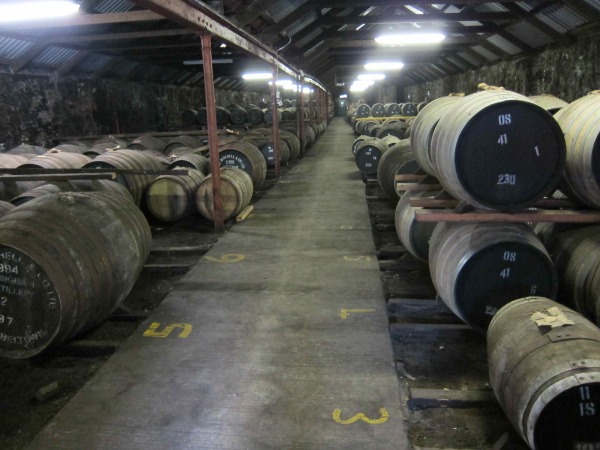
If you think I’m getting too technical for you, then let me allow you to catch your breath. However, I must iterate that I’m only scraping the surface with the information I’m providing here. I understand more than anyone that reading or hearing is completely different than seeing and experiencing. I know this because I’ve spent the last three years listening to brand ambassadors, but experiencing nothing for myself. It pales in comparison to what I experienced today, in fact, it’s almost impossible to explain how awesome Springbank is. Nevertheless, I’m going to keep trying because it’s just an amazing place and, more than ever, I understand why their bottles cost a little more than the others.
The onsite warehouse is brimming with aromas of damp earth and wet floor, and the barrels are aged right on top of the uncovered dirt. For those who believe that aging by the sea results in a saltier flavor (another facet of the Springbank flavor) then you’ll believe me when I say that aging on damp earth results in that same character presenting itself in the spirits. In fact, one of the whiskies that we committed to today is brimming with it. Surprisingly enough, the barrels are not filled with cask strength whisky, but a standardized (standardized in the Springbank sense) 62.5% new make. They believe that high-alcohol spirit soaks up the negative aspects of the wood in the barrel, consistent with their pattern of doing every process at a lower proof. Perhaps the craziest fact is that Springbank doesn’t bottle any whisky until it is ordered, even though it’s already been vatted and put back into the barrel at least a year before it’s bottled! That means that every time they bottle a batch of Springbank 10 or 15 that it’s an entirely different product than the one bottled before it! It will have the same basic attributes, but the age and flavor are definitely not the same! There is no whisky sitting in the bottle at Springbank waiting for a home. They believe that’s barrel time being wasted!
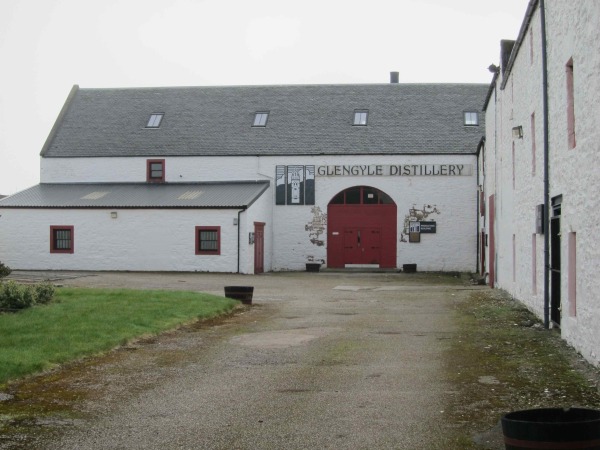
Because Springbank revived the long dormant Glengyle distillery located next door to their plant, they now have the option to try different styles of whisky under a different brand. Their facility obviously has it’s limitations so they can get a little crazy at the place across the way. If Diageo suddenly needs a large batch of base spirit, they can crank it out at Glengyle because it’s certainly not going to happen at Springbank. The whole place was outfitted for the ridiculous price of one million pounds, so they have a second fully functioning operation for half the price of a modern distillery’s gift shop. The Kilkerran single malt is currently produced there and is a fantastic little dram, produced from much the same formula as Springbank just on a different set of stills (taken for a bargain from the now defunct Benwymss).

At the end of the day we visited their Cadenhead’s shop and I found out that the Duthies brand that we saw briefly in the states a few years back is also owned by them. They had a few interesting selctions that we got to try including a tasty Ardbeg 16 for a mere 39 pounds.
In all honesty, I’m in such a rush to type this before we reach Islay that I’m not sure how well I’m conveying my excitement. I loved this tour, this distillery, these whiskies, and everything about the day. The best part was the culmination with the barrel tasting and selection, a process that Peter told us might be coming to an end! In that case, we’d better at least buy two, we said! I’d always known that Springbank was a tasty and complex whisky, but after visiting and smelling the aromas in the floor malting room, the fermentation tanks, in the fresh local peat, the handful of local barley, the distillation room, and the dank, cold warehouse, the entire day flashed before my eyes in one amazing sip.
The barrels we selected are unmistakably Springbank because they taste like everything we experienced today. The whiskies are incredible and I might get a bit misty eyed when we finally get them here and I can try them again. Springbank is delicious, but it’s delicious because it’s the culmination of a time-tested process that has never changed. Every step is important to the flavor because, if you’ve visited the distillery, the aromas from every step are apparent in the flavor of the whisky.
That’s all I can type for now. How about this? We freaking love Springbank. Go there and be amazed.
-David Driscoll
